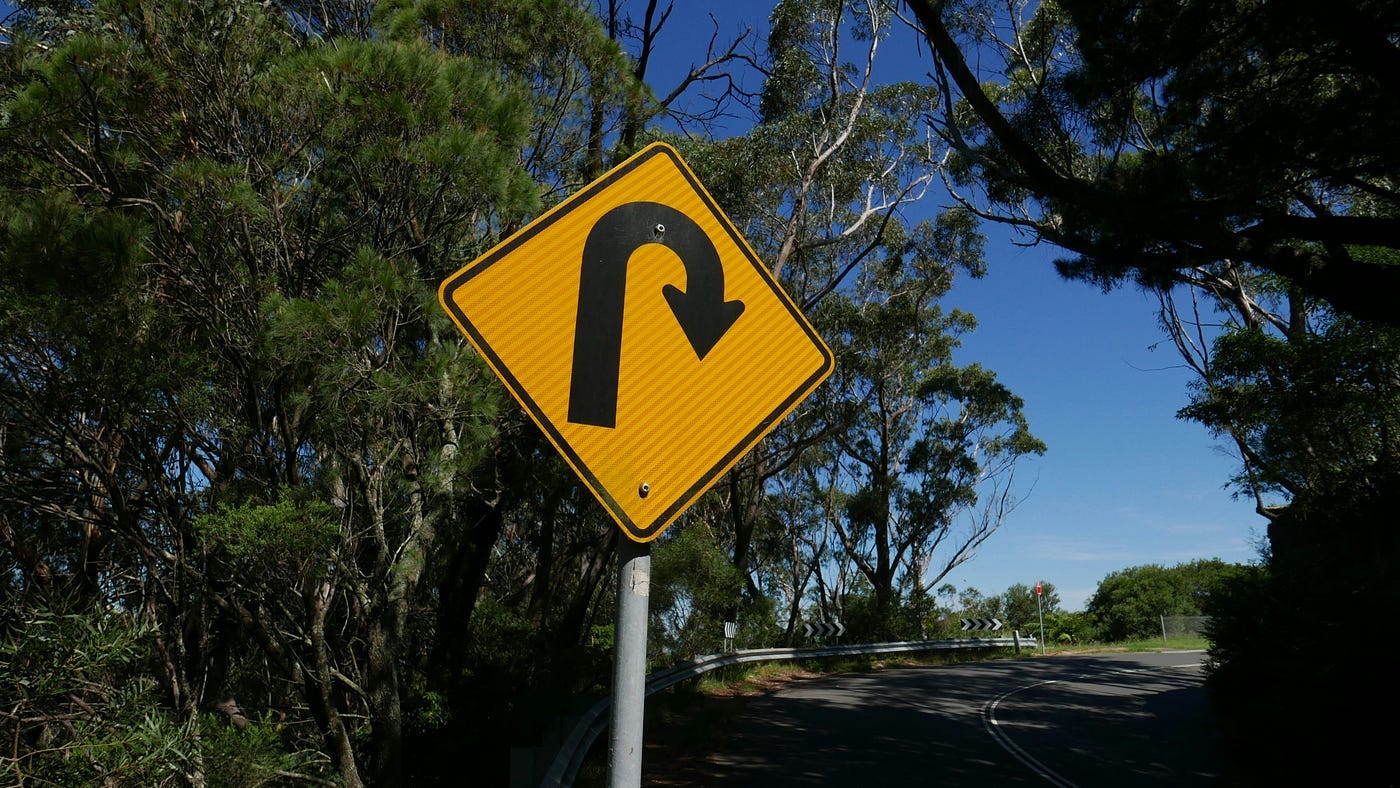Finding the Same Entrepreneurial Flaws in Every Culture
Entrepreneur Office Hours - Issue #292
I was recently traveling to Barcelona with my family. After landing, we hopped in a taxi to get to our hotel. It was a fixed-price fare — perfectly convenient, right? No surprises or price gouging — exactly what a tired traveler wants after a transatlantic flight. Unfortunately, fixed pricing comes with its own set of unexpected incentives, and I soon found myself on the receiving end of one of them.
As we approached our hotel, the driver looked at his phone, pointed to Google Maps, and said something about the street being completely blocked and inaccessible. He explained it so quickly, in a mixture of Catalan, Spanish, English, and gestures, that I nodded along without fully understanding what he was saying. Trusting that a professional taxi driver knew better than me, and not fully understanding the city, I agreed when he suggested dropping us off at an alternative spot.
Well, that “alternative spot” turned out to be about half a mile away from the hotel — half a mile my wife and I spent lugging kids, bags, and heavy suitcases down uneven sidewalks in the scorching Mediterranean sun, sweating through our clothes, all while cars, buses, and — you guessed it — other taxis drove right by us along the supposedly blocked street.
By the time we reached the hotel, my frustration wasn’t just about the uncomfortable hike or the drenched shirt clinging to my back. What bothered me most was the realization that the taxi driver’s incentive to shorten his own trip (since it was a fixed price, more traffic meant more of his time lost) was directly misaligned with mine. He maximized his benefit by minimizing my experience. It wasn’t personal; it was just business.
In entrepreneurial terms, this is a classic case of misaligned incentives—and it happens all the time, often with far bigger consequences. Consider the pharmaceutical industry, where it's far more profitable to manage chronic symptoms than cure diseases outright. Or social media platforms incentivized to prioritize sensational content over responsible information delivery.
I realize I’m naive, but these are the kinds of things that really frustrate me about business and entrepreneurship. As entrepreneurs, creators, and innovators, we have a responsibility to think carefully about the incentives we build into our businesses. If our success depends on outcomes that aren’t in our customers’ best interests, why are we doing it?
I realize the problems are more complex than that. And the taxi driver was just a small example of something much bigger. But still… it’s at worth nudging the thought up to the top of people’s minds every now and then. In the long run, successful entrepreneurship isn't just about making today's transaction easy; it's about building alignment between your interests and the people you serve. Because if your incentives match your customers', nobody ends up dragging suitcases down a blistering sidewalk feeling like they've just been played.
-Aaron
This week’s new articles…
The Foolish Lie Founders Believe About Venture Capitalists
More of them believe it than you realize, and, for the ones who do, fundraising becomes nearly impossible.
Real Entrepreneurs Never Pivot
Here’s how the most successful founders avoid a problem that paralyzes so many confused startups.
Office Hours Q&A
QUESTION:
Hey Aaron,
I’m working on launching a digital product — a course, to be specific — and I’m trying to figure out whether I should build an email list first or just start posting on social media and see what happens.
I don’t have a huge audience anywhere, and I’m trying not to overthink it, but it feels like I could waste a lot of time going down the wrong path. What would you focus on first if you were starting from zero?
Appreciate your guidance,
Jules
Thanks for the change of pace. Seriously... I get lots of questions about venture funding, scale strategies, raising capital, chasing hockey-stick growth, etc., and I’m not saying those are bad questions — they’re just… loud. They dominate the entrepreneurial conversation, especially online. So it’s refreshing to hear from someone asking about a different kind of business.
Now to your question — email list or social media first?
Honestly? Either one can work. And either one can not work. That’s not the helpful answer, I know, but it’s the honest one. The more interesting thing to pay attention to is what kind of creator you are.
Do you like writing? Start the email list. Build a Substack. Treat every post like a warm-up lap for the course you’re building.
Do you like talking to camera? Start posting videos. Turn yourself into a character. Teach one insight at a time and start gathering an audience of people who want more.
Are you good at repurposing and adapting your own stuff? Then start with one and use it to feed the other.
Whichever direction you go, just know: the hard part isn’t picking a platform. The hard part is showing up every day, even when it feels like nobody’s listening. That’s the real work. And it’s the part that doesn’t show up in TechCrunch or raise $3 million in a pre-seed round. But it’s also the part that, over time, earns trust, builds an audience, and creates real value.
Got startup questions of your own? Reply to this email with whatever you want to know, and I’ll do my best to answer.





